News
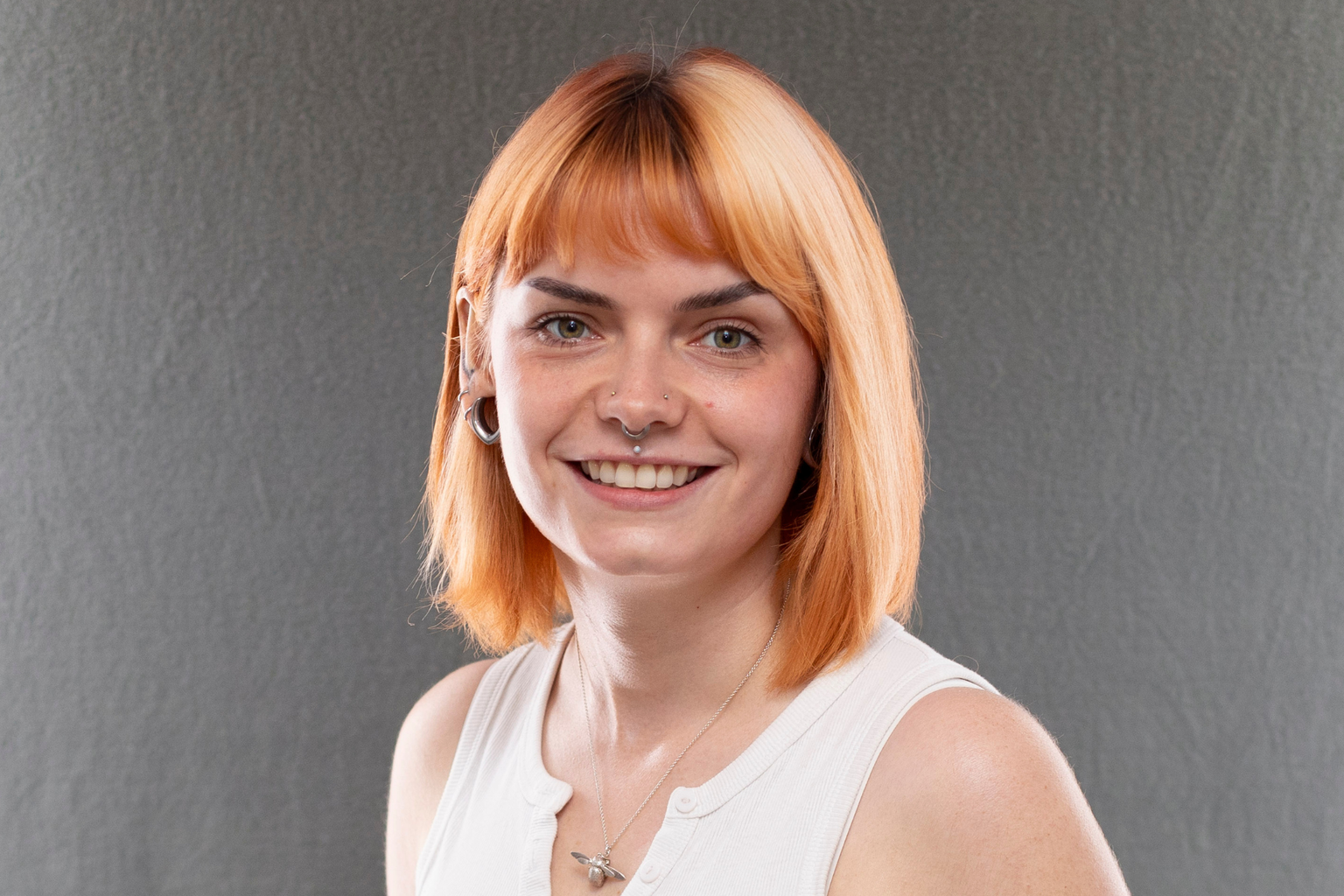
17 March 2025
Postdoc Profile: Q&A with Helen Horkan, Postdoctoral Researcher in the Gibson Lab
“The sky is the limit at the Stowers Institute. If you have an idea, there is always somebody willing to help you make it happen.”
Read Article
News
"Science isn’t just a career; it’s a curiosity-filled adventure."
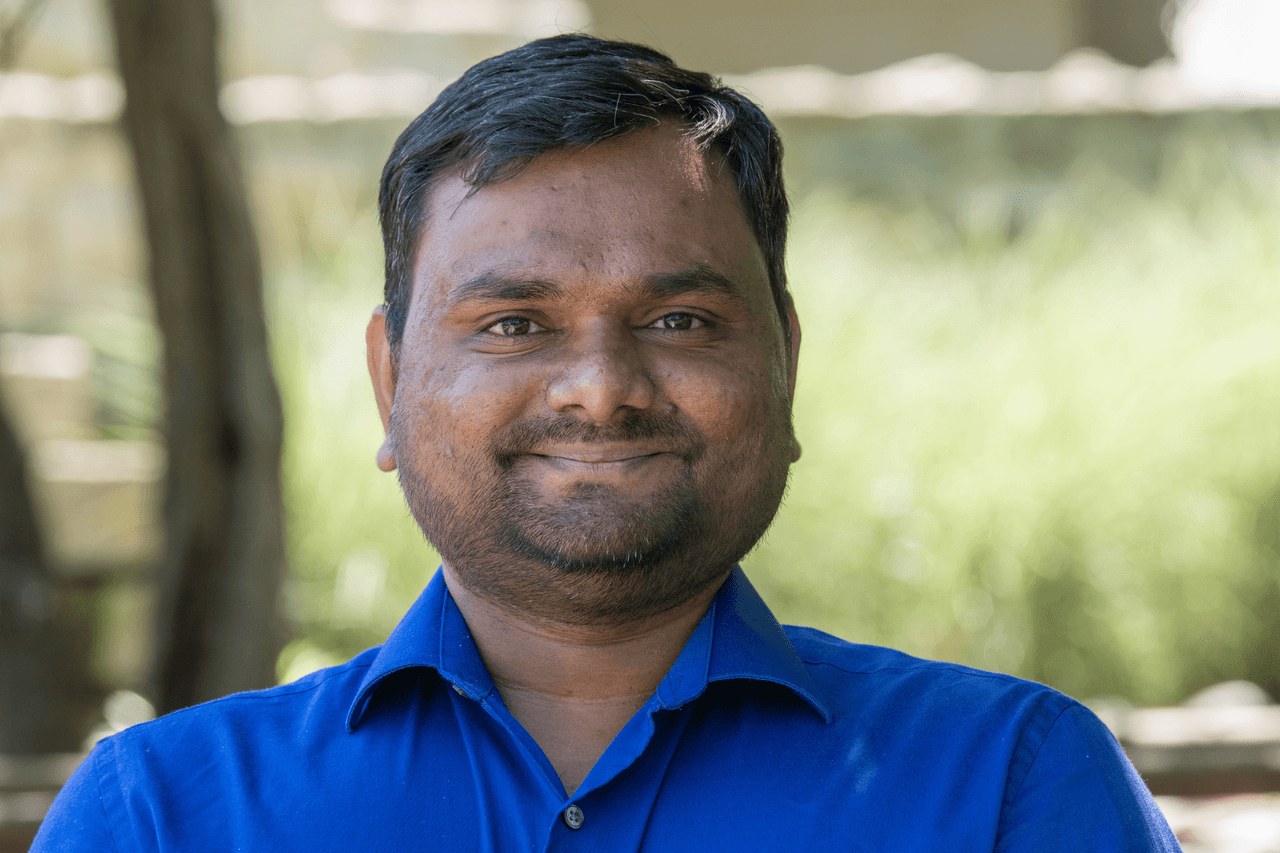
What is your current research focus and why?
I am currently working on analyzing the function of maternal RNAs within different tissues and at different times during development and disease. In many organisms, the female deposits a large fraction of maternal RNAs for an embryo even before fertilization, and it degrades very rapidly after fertilization. The precise function of maternal RNAs and why they are required during early embryonic development is not well known. This knowledge gap has persisted due to the lack of efficient technologies to study these molecules—until now.
At the Stowers Institute, we have the freedom to think big, push the boundaries of knowledge, and tackle challenging research questions. I took on this challenge and optimized CRISPR-Cas13d, an efficient RNA decay technology that now allows us to precisely target and study maternal RNAs in vertebrates. This breakthrough enables direct investigation of their functions during early embryonic development, opening new doors in the field of developmental biology.
Growing up, what career did you want to pursue?
Since childhood, I have been captivated by the incredible diversity of life. Growing up, I constantly questioned what makes us who we are: Why do we resemble our parents and not our friends? Why do other animals look so different? My curiosity deepened the first time we dissected a cockroach in school; seeing its nervous system left me in awe. That moment sparked a passion for exploration, and I was eager to understand different organs’ shape and function.
As I grew older, the realization that a simple four-letter genetic code could shape all life forms fascinated me even more. I was mesmerized by the fact that the total DNA in our body—if stretched into a string—would measure about twice the diameter of the solar system. I often imagined myself walking on that string, traveling through the universe of life itself. By high school, I knew I wanted to pursue science, earn a Ph.D., and become a scientist.
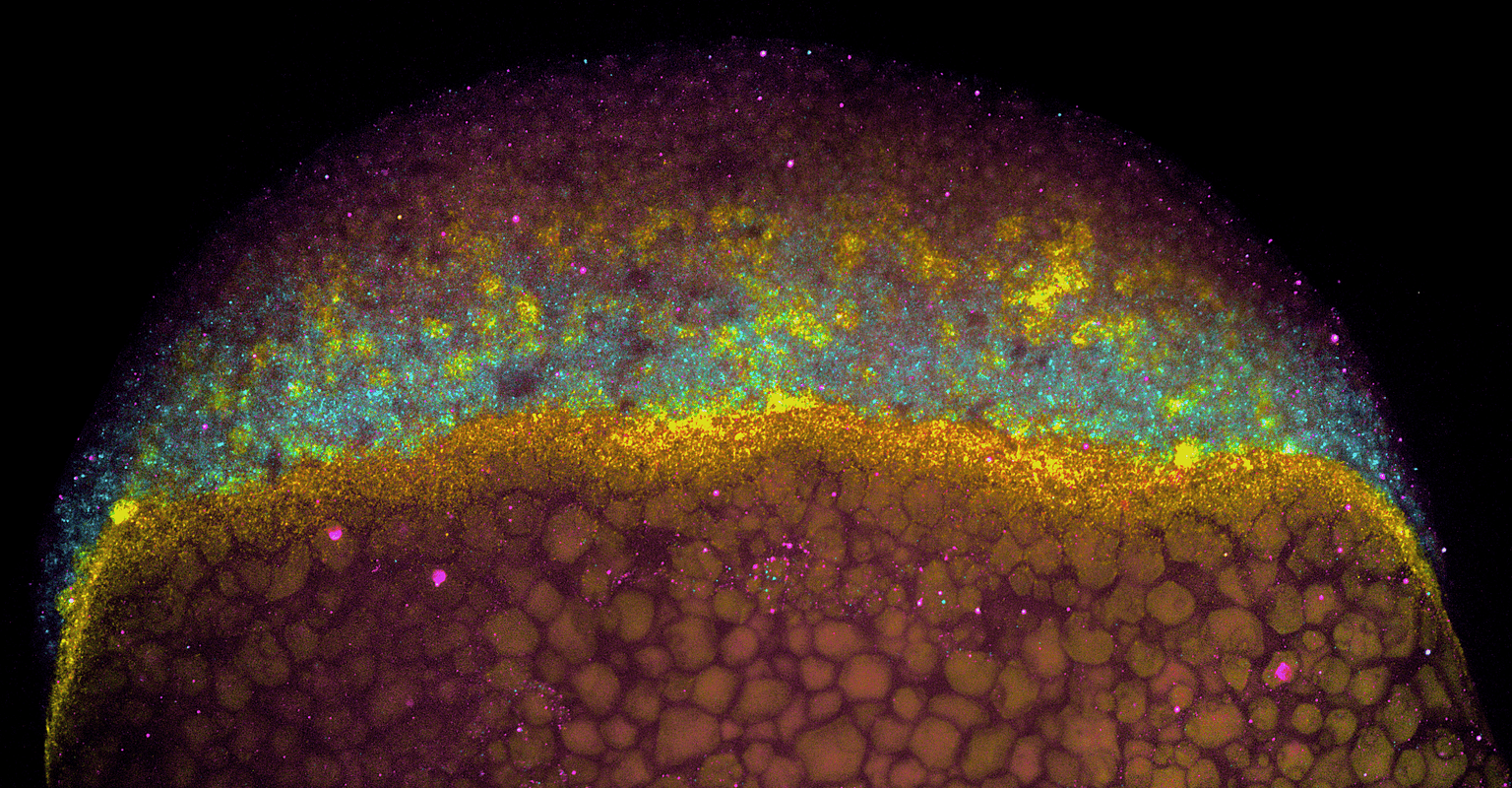
Microscopy image taken by Gopal Kushawah showing the expression of different RNAs, which defines the fate of an embryo. Different colors in the 5-hour-old #zebrafish embryo mark three different germ layers, the mesoderm, endoderm, and ectoderm.
What made you decide to join the Bazzini Lab at the Stowers Institute?
During my Ph.D. in India, I focused on uncovering the regulatory regions of DNA conserved across most lifeforms using zebrafish as a model system. As I looked ahead to my postdoctoral career, I was eager to transition into the noncoding RNA field and work with a dynamic and relatively early-career PI. Through my friends at the Stowers Institute, I learned about Associate Investigator Ariel Bazzini, Ph.D., and explored his research. His work was not only new to me but also deeply fascinating and intellectually challenging. His excitement while discussing science and his use of zebrafish as a research organism made his lab the perfect place to expand my expertise while pushing scientific boundaries. The opportunity to be part of an ambitious, cutting-edge research environment at the Institute ultimately solidified my decision.
What is your favorite non-research related memory at the Stowers Institute so far apart from science?
The Institute is more than just a workplace for me—it’s my second family away from India. The sense of community here is incredible, with people from many different cultures coming together to celebrate and learn from each other.
One of my favorite non-research activities is playing volleyball with friends—for me it’s not just a game but a way to bond, de-stress, and build teamwork outside the lab.
I also love participating in cultural events where we share traditions, music, and food, making me feel connected to my roots while embracing new cultures.
The Kansas City Corporate Challenge is another highlight, where we push ourselves physically and mentally as a team, strengthening friendships along the way. Whether it’s casual coffee breaks, impromptu celebrations, or simply cheering for each other in different activities, the Institute has given me a home away from home, where I’ve grown both personally and professionally.
Where do you see yourself in 10 years?
At the Institute, I’ve been encouraged to think boldly, challenge scientific limits, and pursue research that has the potential to benefit society. I’m making the most of this incredible opportunity, knowing that every discovery—big or small—adds to a larger picture.
Ten years from now, I see myself not just as a scientist, but as a mentor, carrying forward the values that have shaped me here. No matter where my journey takes me, the Institute will always be a part of who I am—a place that refined my curiosity, resilience, and vision.
My dream is to establish my own lab, where I can explore transformative ideas that push the frontiers of science. But beyond the research itself, I want to create an environment where future scientists thrive, where they grow not just in their technical skills but as thinkers, leaders, and individuals who contribute meaningfully to both science and society.
What advice do you have for other people curious about a career in science?
My advice to aspiring scientists is to never let the curious child within you fade. Science isn’t just a career; it’s a curiosity-filled adventure, and a way to see the world differently every day. It’s a journey full of challenges, failures, unexpected moments of discovery, and the thrill of the unknown. There will be days of frustration when nothing seems to work, but those are the moments that teach you the most.
Science rewards those who push boundaries, think differently, and embrace the journey. So don’t just follow the path—carve your own, stay fearless, and let your curiosity lead the way!
News

17 March 2025
“The sky is the limit at the Stowers Institute. If you have an idea, there is always somebody willing to help you make it happen.”
Read Article
News
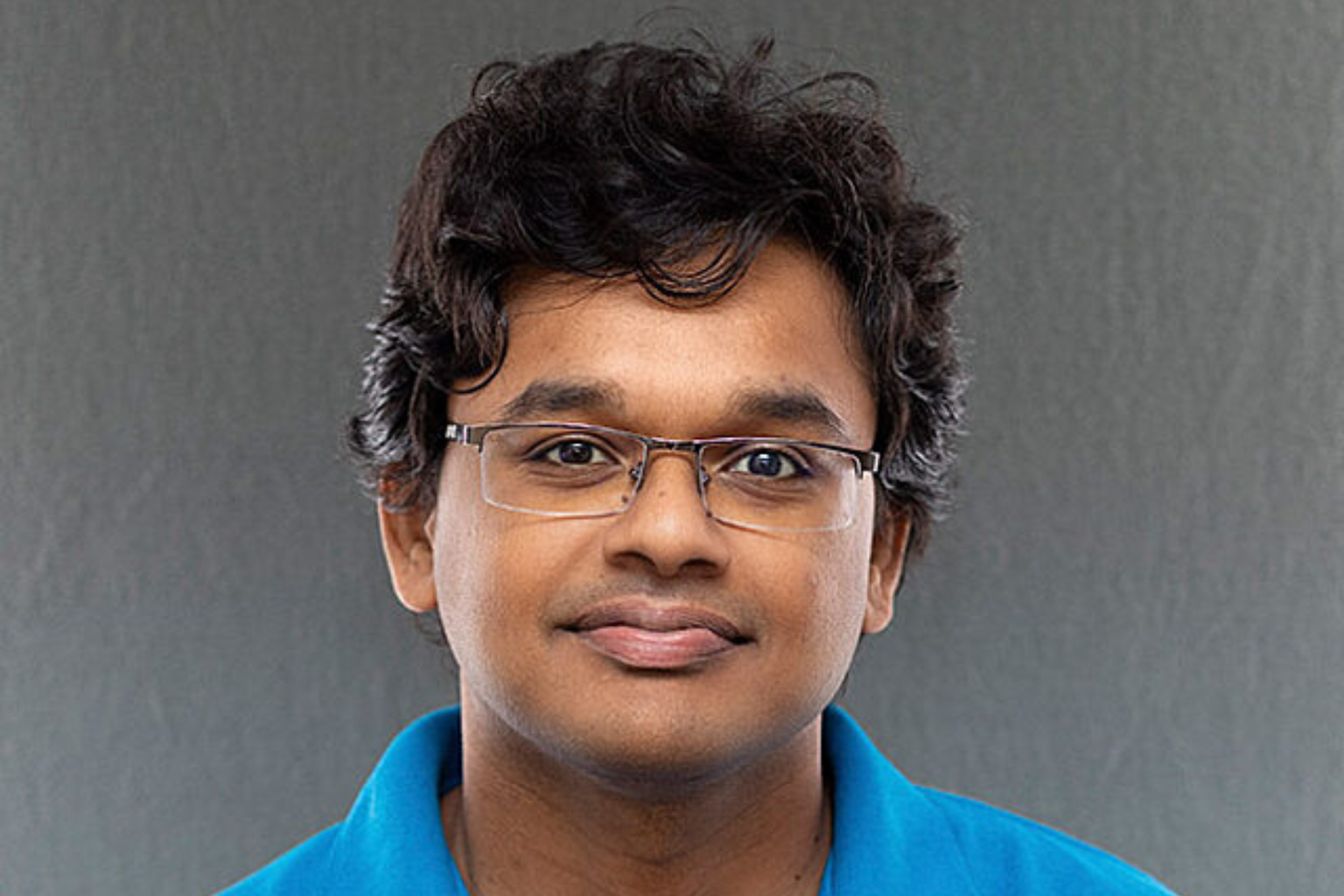
18 February 2025
"In the end, the Stowers Institute was the perfect combination of an amazing mentor and an amazing institute."
Read Article
News
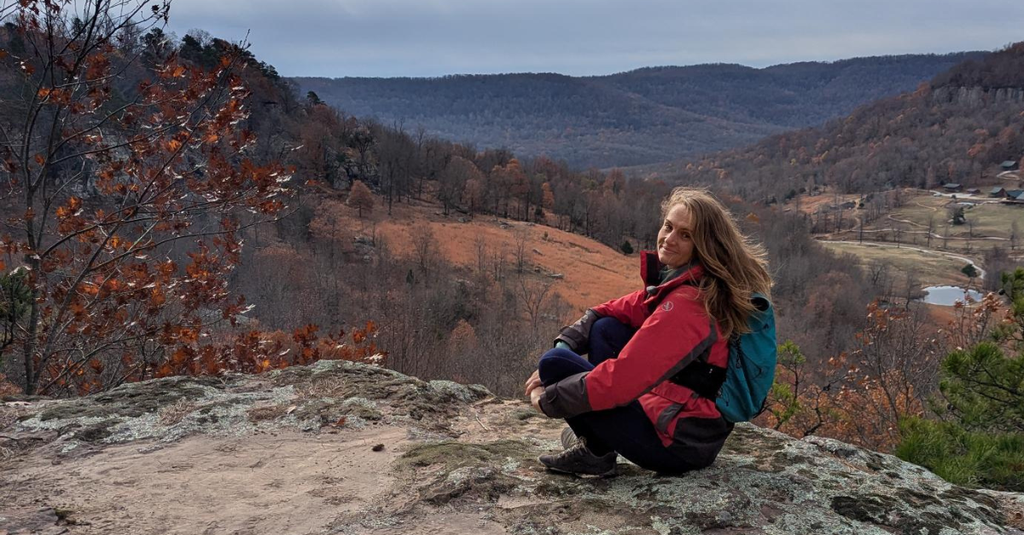
17 December 2024
"I hope to continue collaborating with curious and passionate scientists, sharing in their enthusiasm."
Read Article
